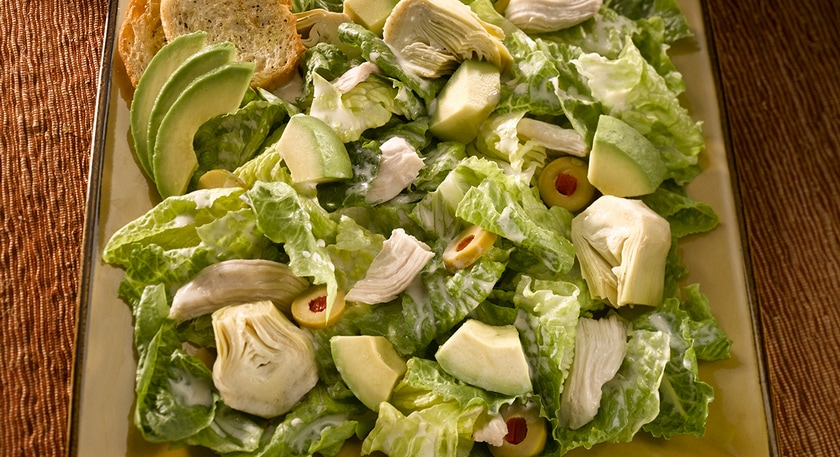
As with all fruits and vegetables, wash avocados before cutting. Check out our tips for how to choose and use California Avocados
As with all fruits and vegetables, wash avocados before cutting.
Check out our tips for how to choose and use California Avocados.
May is International Mediterranean Diet Month
The Mediterranean Diet is a way of eating based on the traditional foods (and drinks) of the countries surrounding the Mediterranean Sea (learn more).
Scientific findings released in 2013 reported the Mediterranean Diet’s potential cardiovascular and diabetes management benefits. Even the Dietary Guidelines for Americans, 2010 describes the Mediterranean diet as a healthy eating pattern, noting that in most studies, individuals with a higher Mediterranean Diet score (i.e. those whose diets are most consistent with a Mediterranean-style eating pattern) have reduced incidence of cardiovascular disease and a lower rate of total mortality.
But while most research indicates that there are health benefits to the Mediterranean Diet, how can you make it work for you?
Begin at the Base
At the core of the Mediterranean Diet are fruits and vegetables, nuts, legumes, whole grains, olive oil and fish. While there are small amounts of meat and dairy, many of the foods consistent with a Mediterranean Diet are plant-based and naturally high in fiber. For those following a 2,000 calorie diet, the USDA recommends an average of two cups of fruits and 2 ½ cups of vegetables per day, and six servings of grains, preferably whole, as well.
Pass Up the Processed Foods
Another hallmark of the Mediterranean Diet is the emphasis on simply-prepared, minimally-processed foods. If it comes out of a box or a bag, it probably isn’t part of the Mediterranean Diet! Many people find this “whole foods” approach to meal planning one of the most attractive things about the Mediterranean lifestyle. There is an additional focus on being physically active and enjoying meals with friends and family.
Focus on Good Fats
The Mediterranean Diet is characterized by a high monounsaturated to saturated fatty acid ratio. Avocados are virtually the only fruit that has monounsaturated fat, and in fact 75 percent of an avocado’s fat content comes from “good” mono- and polyunsaturated fats. California Avocados are a great addition to a Mediterranean meal plan not only for their favorable ratio of unsaturated-to-saturated fat (3.5 grams to 0.5 grams) but also because they contain nearly 20 different vitamins, minerals, and phytochemicals. You can add California Avocados to a Mediterranean pasta salad, or pair them with lean proteins for a main course.
No matter how you go about building your Mediterranean lifestyle, focus on the flexibility and variety of the foods that will keep you motivated and inspired… and that will certainly promote well-being!
California Avocado Recipes for Mediterranean Diet Month
California Avocado Red, White and Blueberry Salsa
Add some color to your 4th of July or any summer holiday party menu with a festive fruit salsa. Excellent source of Vitamin C and good source of Vitamin A.
Glazed Salmon with California Avocado Slaw
A simple Asian marinade makes a beautiful glazed salmon and doubles as the dressing for delicious California Avocado Slaw.
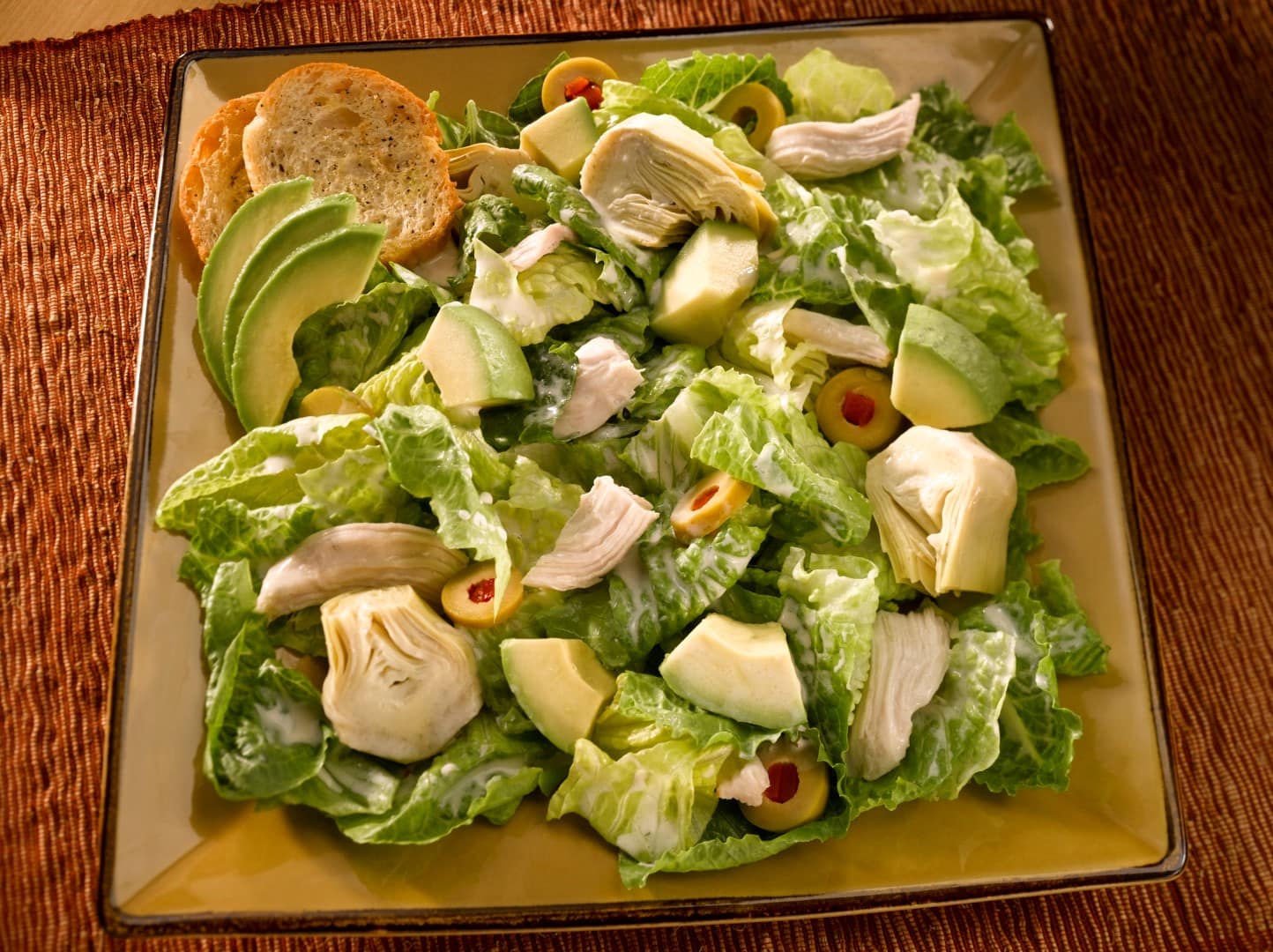
Artichoke, Avocado and Chicken Salad
California Avocado Grower Terttu Obole created this light and flavorful salad featuring Fresh California Avocados, artichoke hearts, olives and chicken.
California Avocado Spiked Corn Soup
Comforting corn soup gets a kick from Fresh California Avocados, white pepper and cayenne pepper.
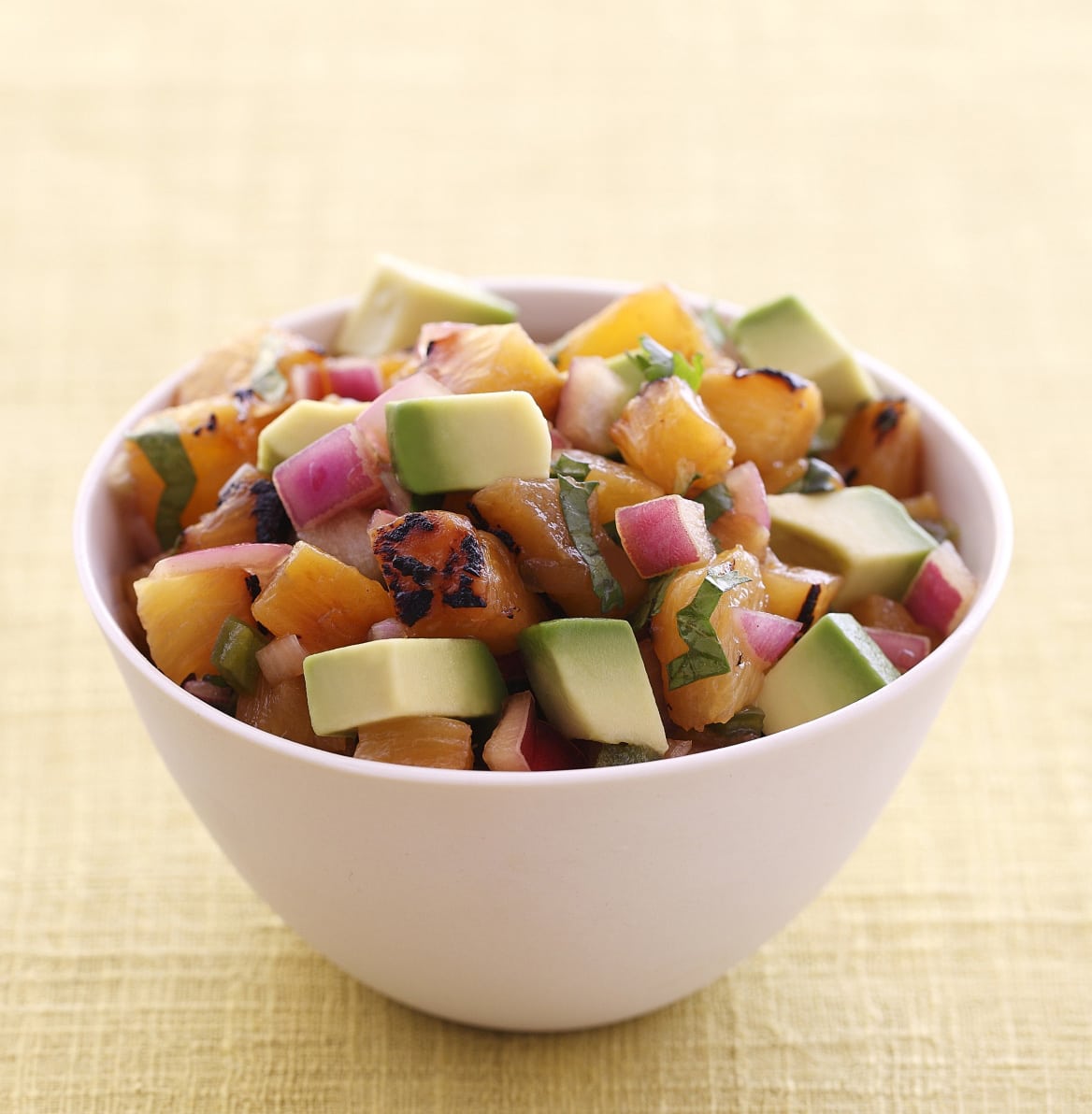
California Avocado Pineapple Salsa
California Avocados and pineapple blended together with jalapeno and onions provides a refreshing take on salsa.
Check out these other Mediterranean Diet recipes, or visit Oldways.com for more helpful Mediterranean Diet tips.
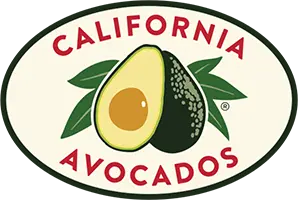
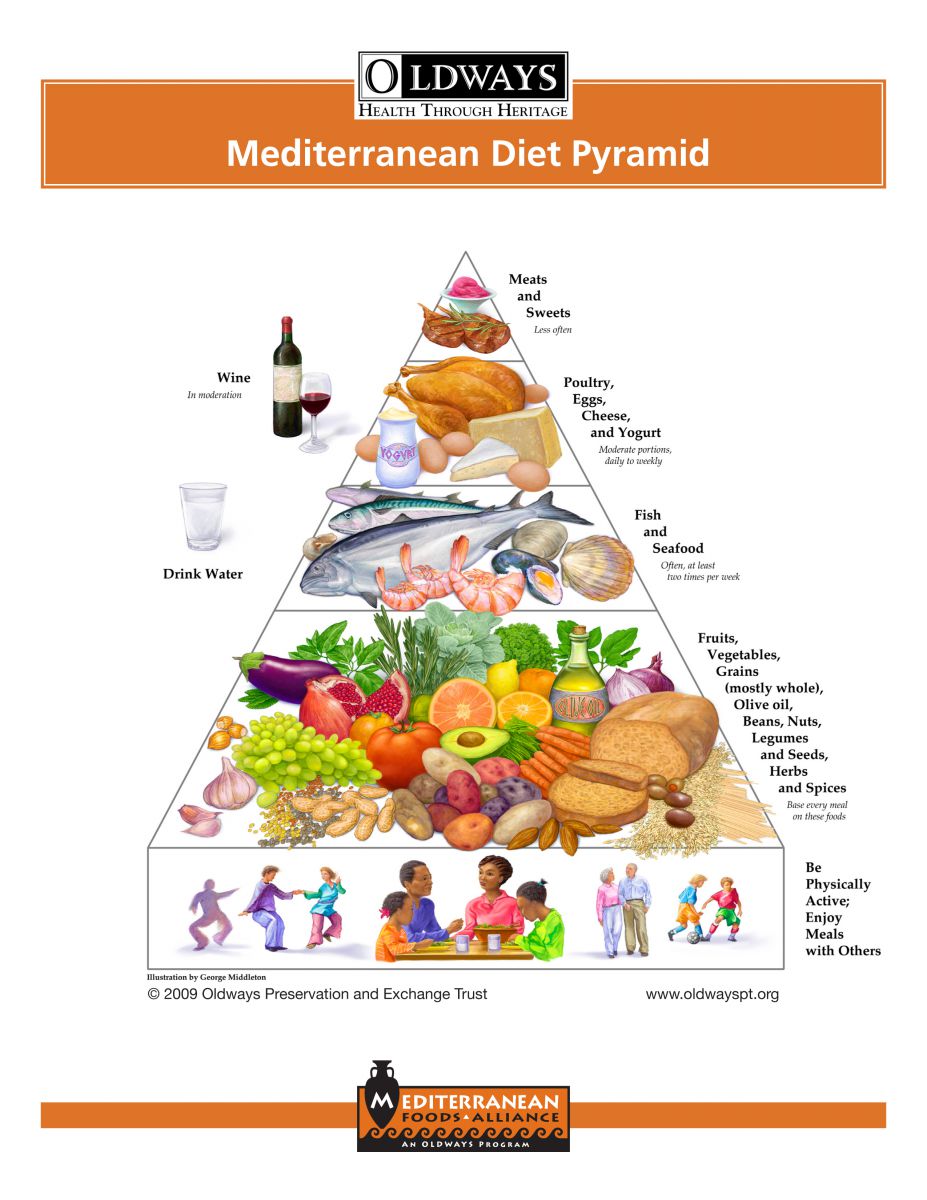
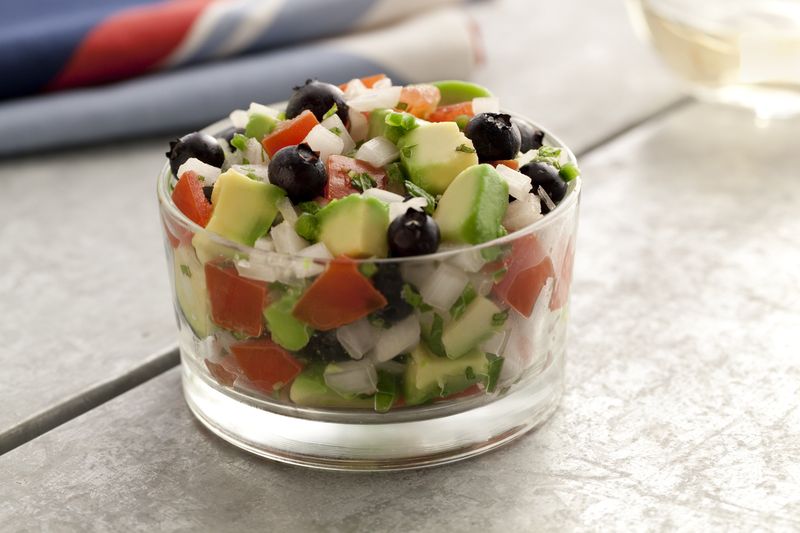
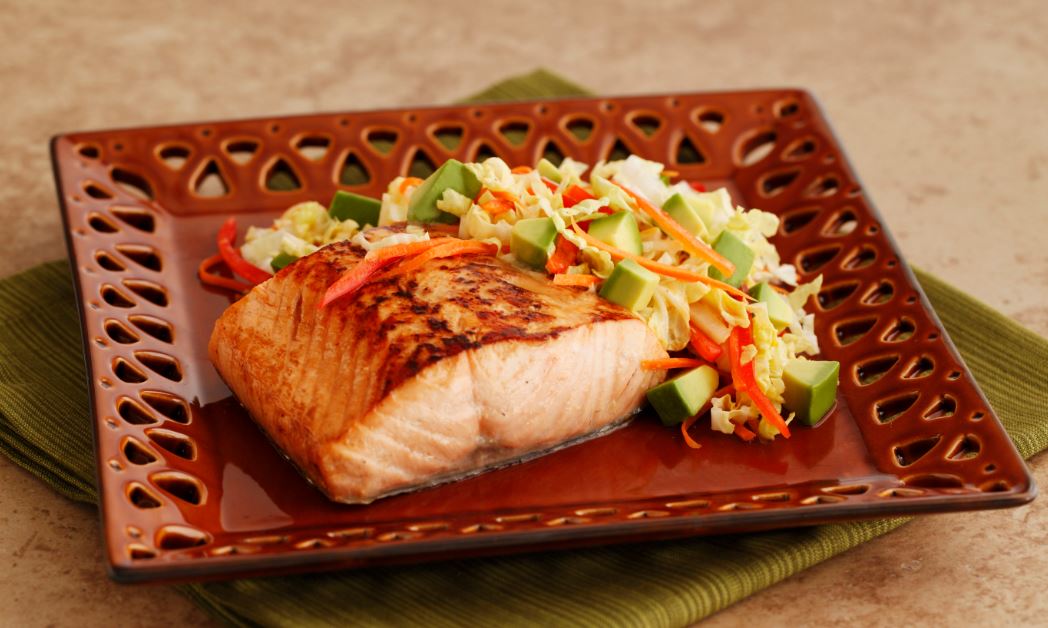
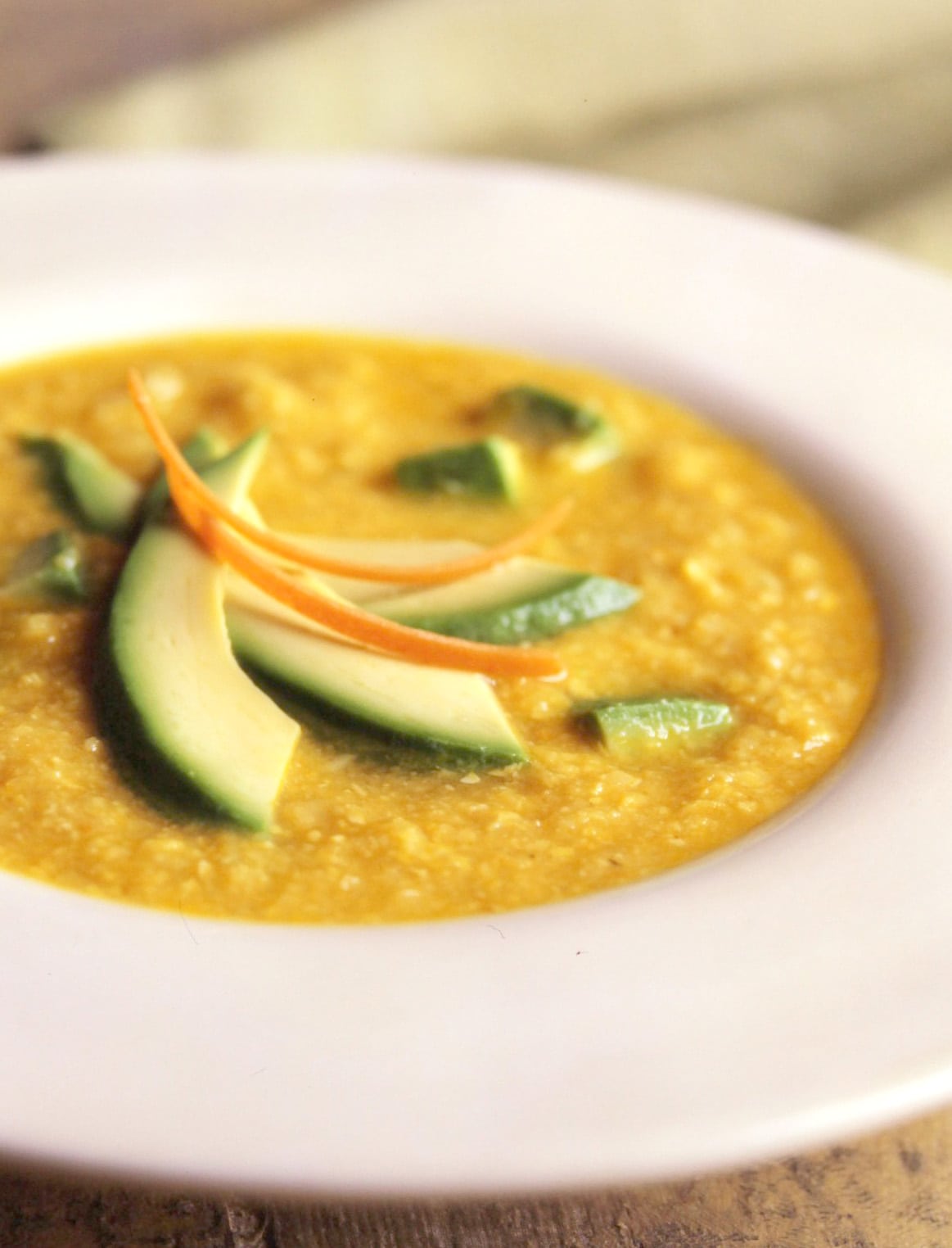
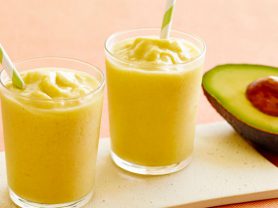

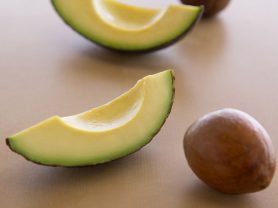

Comments